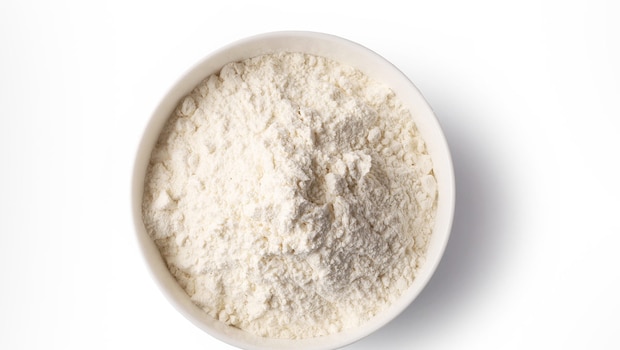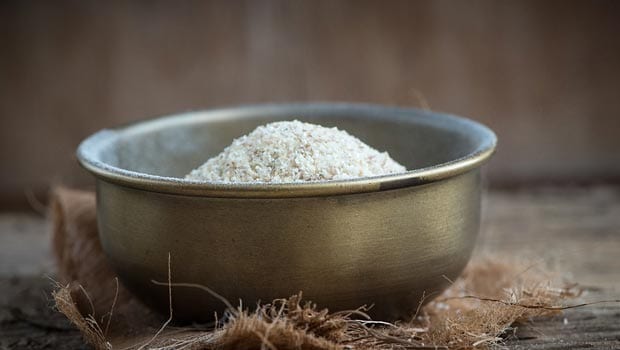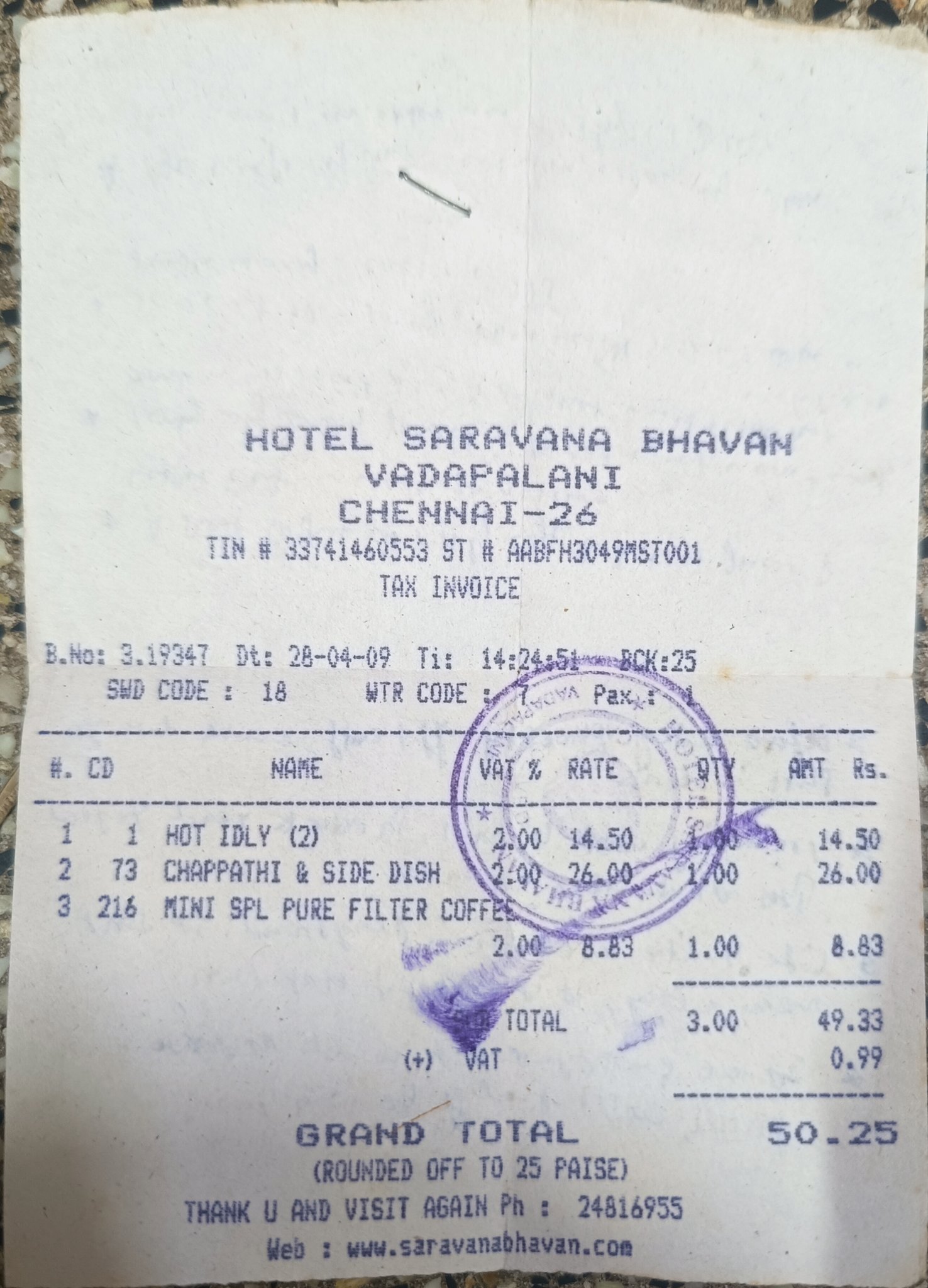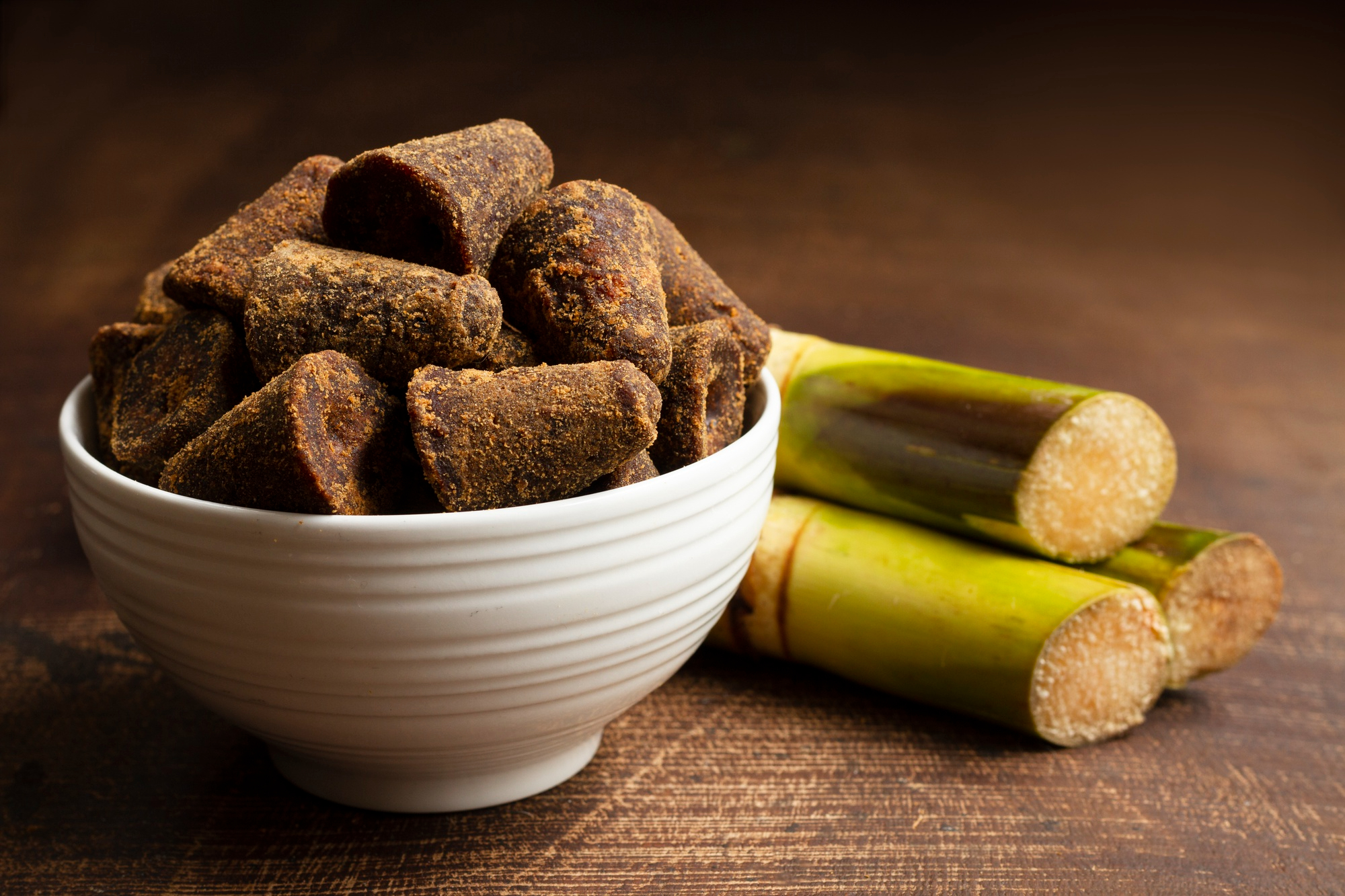Atta (wheat flour) is a staple in Indian kitchens. From chapatis and parathas to snacks and sweets, it's a daily essential that many of us can't go a day without. In recent times, however, several other varieties of flour have entered the market. Among them, khapli atta has gained significant popularity. Also known as emmer wheat flour, it's especially favoured by those looking to eat healthier. But is it truly better than regular wheat flour or just another passing fad? Let's find out from dietitian Shweta J Panchal.
What Is Wheat Atta?
Wheat atta is the regular flour we use every day in Indian kitchens. It's usually made from a type of wheat called Triticum aestivum, also known as common bread wheat. It's easily available, budget-friendly and simple to use.
What Is Khapli Atta?
Khapli atta is made from an ancient type of wheat called Triticum dicoccum. It has been grown in parts of India, especially Maharashtra and Karnataka, for hundreds of years. This flour has a light reddish-brown colour and a slightly nutty taste.
Also Read: 5 Smart And Tasty Ways To Add Ragi Flour To Your Child's Diet

Photo Credit: iStock
What Are The Health Benefits Of Wheat Atta?
1. Good Source Of Energy
It provides complex carbs that keep you energised through the day. This makes it a reliable option for daily meals, especially for active individuals.
2. Rich In Fibre
Helps with digestion and keeps your gut healthy. Regular intake can support smoother bowel movements and prevent constipation.
3. Supports Heart Health
Contains nutrients like magnesium and antioxidants. These may help regulate blood pressure and reduce the risk of heart disease.
4. Keeps You Full
Helps manage hunger and supports weight control. It can prevent overeating by keeping you satisfied for longer.

Photo Credit: iStock
What Are The Health Benefits Of Khapli Atta?
1. Lower Glycaemic Index
Breaks down slowly, helps manage blood sugar levels. Ideal for people with diabetes or those watching their sugar intake.
2. Rich In Fibre
Aids digestion and keeps you full longer. It may also support gut health by feeding good bacteria.
3. Less Gluten
Easier on the gut for those with mild gluten sensitivity. It can reduce bloating and digestive discomfort in some individuals.
4. Nutrient-Rich
Packed with B vitamins, magnesium, and iron. These nutrients support energy production, immunity, and overall wellness.
Check out the full video below:
Khapli Atta vs Wheat Atta: What's Actually Better?
It really depends on your body's needs and lifestyle. Dietitian Shweta J Panchal explains that over the years, regular wheat has changed. "A century ago, wheat had a simple protein structure. But with genetic modifications, the wheat we eat today has become harder to digest, more inflammatory, and less nutritious," she says. That's where khapli wheat makes a difference - it's less processed, easier on the gut, and holds more nutrients.
So, if you're looking for something that's high in fibre, better for digestion, and more blood sugar-friendly, khapli atta is a great choice - especially for those managing diabetes, inflammation or mild gluten sensitivity. But if you have no gluten concerns, lead an active lifestyle and want a versatile flour that's lighter on the pocket, regular wheat atta still does the job well.
Also Read: Corn Flour And Cornstarch Are Not The Same. Find Out The Key Differences Here
Whether you choose khapli or regular wheat atta, the key is to pick what suits your health goals and digestion best.









